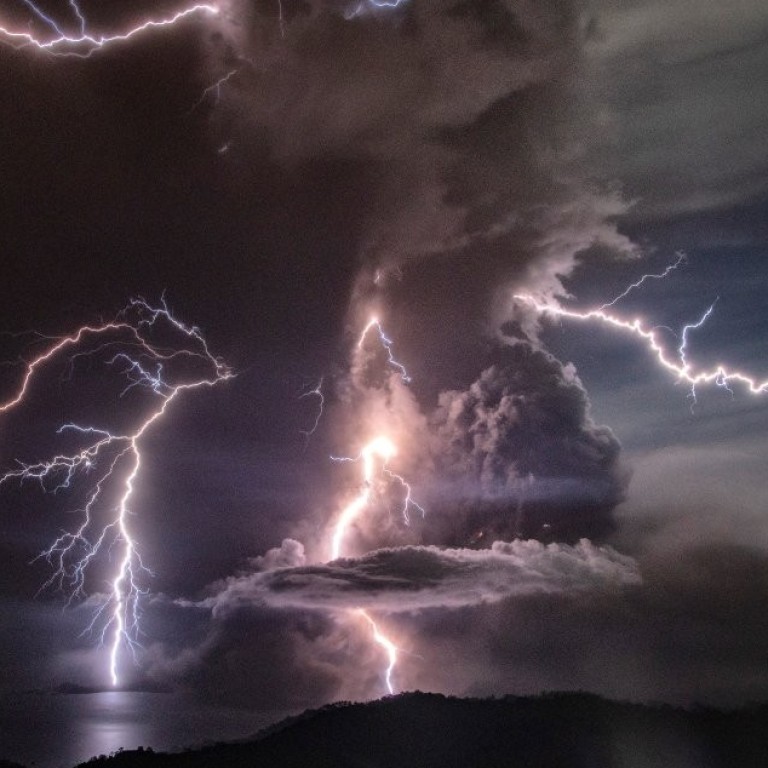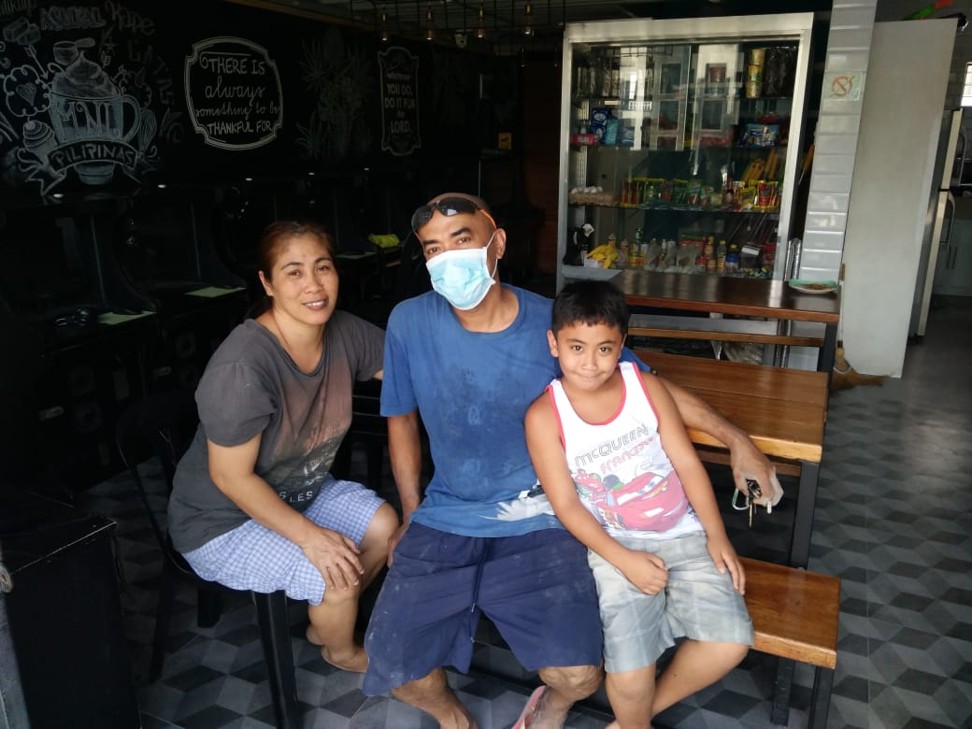
Taal Volcano erupted but life goes on, highlighting the resilience of the Philippines
- The island of Luzon ground to a halt almost immediately as flights were cancelled, the stock exchange suspended trading and businesses and schools closed
- There is still danger but most of those displaced are desperate to return. They cannot afford to wait in shelters and there’s little the authorities can do to prevent them
When Adriano O Mantiel, a 46-year-old maintenance worker in Rizal province near Manila, wiped ash from his mobile phone screen on January 12, 2020, he knew something was wrong.
“I thought that it was rain. But when it happened, my allergies immediately reacted,” he recalls. “I began sneezing. My eyes became very red and I had trouble breathing.”
The greatest fear was for those living closest to the volcano – perhaps the most intriguing in Southeast Asia’s “Ring of Fire” that extends from the Philippines in the north, through Sulawesi and Maluku to Java and Sumatra in the far west.
The diminutive Taal volcano is located on a small island in the middle of a picturesque caldera lake. The area around it is dotted with small towns such as Tagatay that have been transformed into a playground for rich Manilenos, some of whom “helicopter in” for lunch at plutocrat hang-out Antonio’s or stay at boutique hotel Sonya’s Garden.

But on January 12, everything changed. What followed was a mad scramble as authorities raced to evacuate the communities near the volcano. Within four days, some 82,000 people were displaced as losses in the millions mounted up for local businesses.
It’s not as if there was no warning: Taal has been on a Level 1 alert since March 2019 due to the monitored volcanic earthquakes. Moreover, the volcano has been extremely active over the centuries, with over 34 recorded eruptions. And yet, people still choose to live or visit here. In 2018, the nearby town of Talisay alone reportedly received nearly 600,000 visitors.
Philippine government fears repeat of Pinatubo disaster that killed 847 people
For those who live outside the “Ring of Fire”, it’s hard to imagine how precarious life is when surrounded by volcanoes and the possibility of earthquakes, tsunamis and even soil liquefaction – most evident during September 2018’s Palu Tsunami when the ground itself dissolved into a sea of molten mud. Yet the ashfall, while dangerous to inhale, brings enormous benefits, enriching the soil with nutrients that later provide for spectacular harvests.
Adriano, who watched the explosion on TV, was taken by surprise at how thick the ash in his neighbourhood was – despite being 84km away from the volcano. He asked his wife to purchase face masks.
“But most stores ran out of stock with profiteers cornering the market,” he said.
The Philippine Institute of Volcanology and Seismology (Phivolcs) issued a Level 4 alert, indicating a high probability of yet another hazardous eruption.
Based on historical data, there are two extreme, worst-case scenarios. Either an eruption that takes place over a few days or an eruption that lasts for weeks. Additionally, further earthquakes and tsunamis are entirely possible.
Taal Volcano: 82,000 displaced as danger zones become ‘ghost towns’
The days after January 12 have been a tense waiting period to see if the eruption will intensify or sputter out.
Adriano has already lived through a previous eruption: Mount Pinatubo back in 1991. He remembers vividly how destructive it was and the way lahar, which a type of mudflow comprised of pyroclastic material, rocky debris and water, engulfed whole villages.
“Even though the ash fall has subsided slightly, I still feel it’s unsafe. I refuse to let my children go back to school,” he said.
“I understand because all they want is to go back and save their livestock, because that is their only way to make a living,” he said. “If I were in their shoes, I would also try to save all I can.”
Amid the carnage, one local structure has come to represent the resilience of the area, its people and indeed, the Philippines as a whole. First built in 1575, the Minor Basilica of Saint Martin of Tours – or more simply Taal Basicilia – is the largest church in the Philippines and Asia, some 88.6 metres long and 48 metres wide.
Initially built near the shores of the Taal lake, it was destroyed in 1754 by the then-largest recorded eruption of the volcano. It was then rebuilt further away on an elevated hill facing Balayan Bay but was damaged by earthquakes in 1852 and 1942. It was only restored in 1953 and again in 1972.
Hopefully, this beautiful church will survive the latest disaster. No doubt any damage will be repaired, and life will continue in and around Taal.

